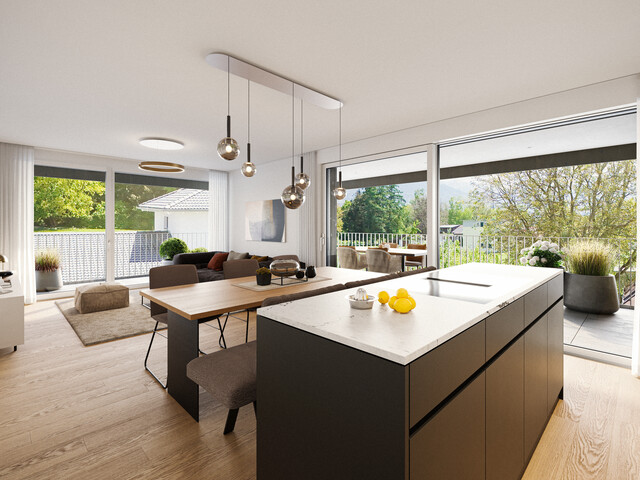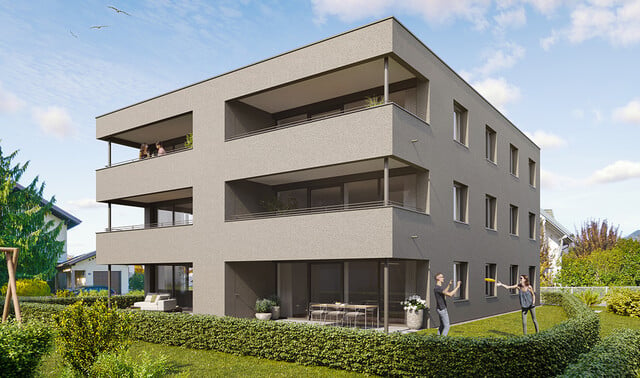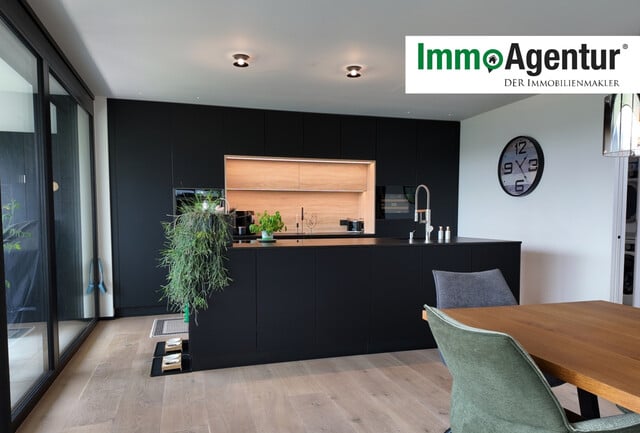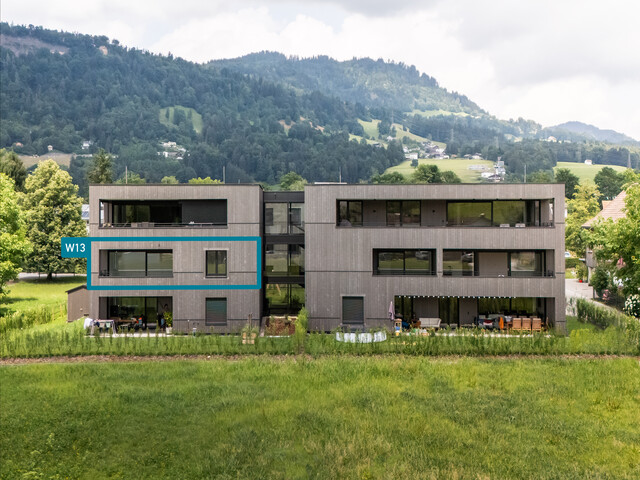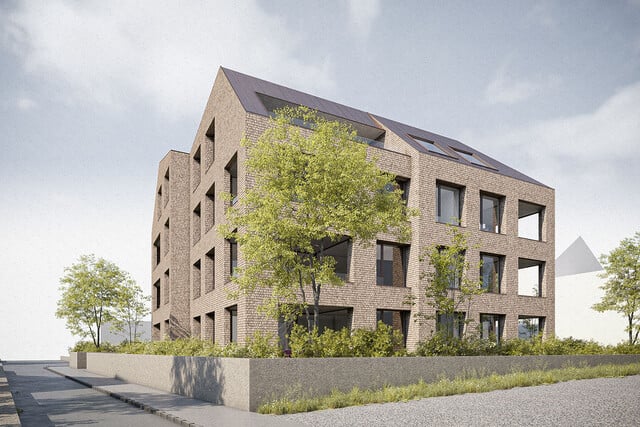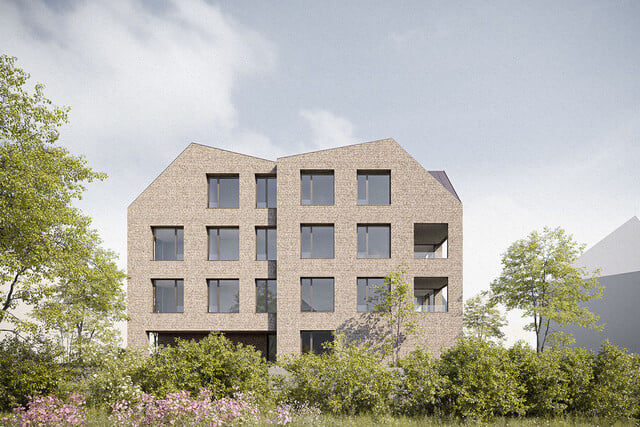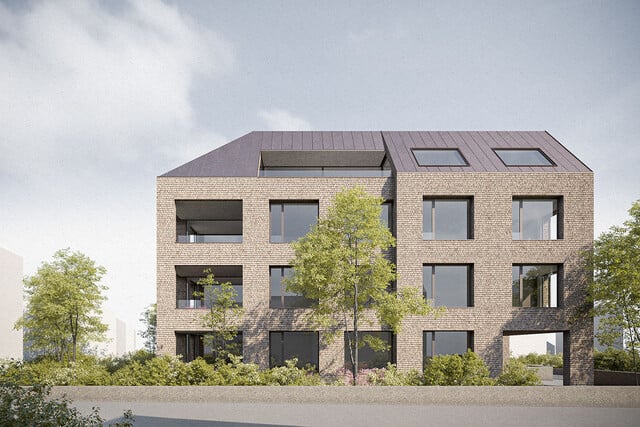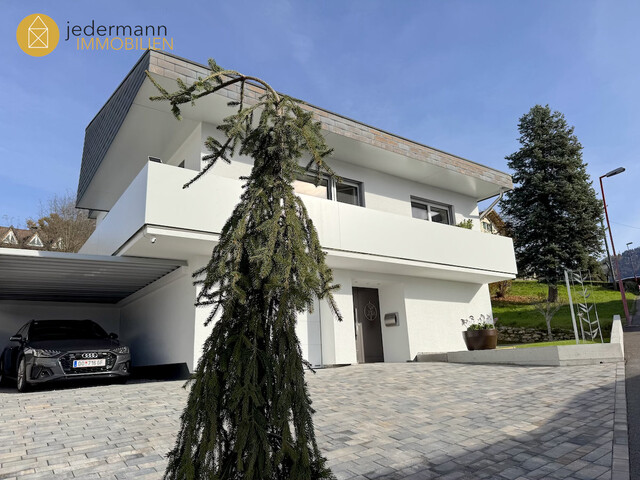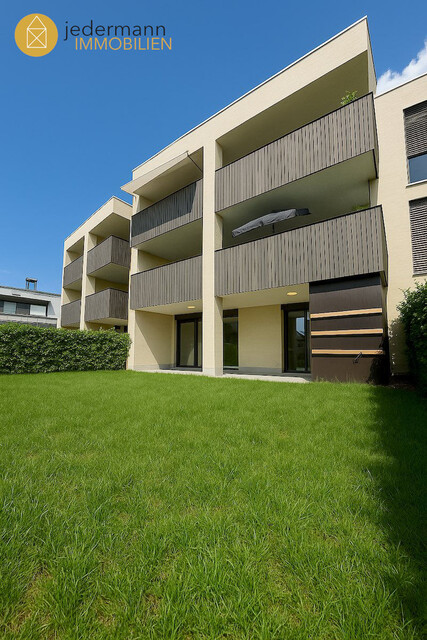Comfortable, Connected - Monitored? A Check on Smart Home Technologies

According to a recent survey by ImmoScout24, around 35 percent of Austrians already use smart applications in their apartments or houses – and the trend is rising.
Intelligent Living Thanks to New Technologies
Smart Home technologies encompass a variety of solutions that can be retrofitted in both new buildings and existing apartments and houses. The most common applications include intelligent heating controls, lighting systems, blinds, and security devices, as extensively explained by the residential finance experts from Infina. Control is usually via apps or voice assistants like Amazon Alexa or Google Assistant.
Security Cameras in High Demand
Another major area concerns security. Smart surveillance cameras, window contacts, and smoke detectors not only offer users protection against burglary and fire but also the ability to monitor their home remotely. The desire for more security is strongly pronounced: According to the aforementioned ImmoScout24 study, 42 percent of Austrians want a camera in their home, but only 19 percent actually own one. Emergency call systems for the elderly, known as AAL solutions (Ambient Assisted Living), are also increasingly being integrated into Smart Home environments.
Advantages: More Living Comfort and Energy Efficiency Thanks to Smart Home
According to the Infina report, one of the greatest advantages of Smart Home technologies is undoubtedly the increased living comfort. The ability to control lights, heating, blinds, or household appliances via smartphone, tablet, or voice command allows for a significant simplification of everyday processes. Users can, for example, define that the lights turn on automatically at sunset or that the heating lowers when no one is home. Additionally, intelligent systems can actively support people with limited mobility in their daily lives.
A second, often mentioned advantage is energy efficiency. Through precise control of lighting and heating – adapted to habits, weather data, and actual presence – energy consumption can be significantly reduced. According to the Federal Ministry for Climate Protection (BMK), modern heating controls in combination with smart meter systems can achieve savings of up to 30 percent. The Climate and Energy Fund explicitly points out the benefits of digital control technology in connection with renewable energy systems such as photovoltaics and heat pumps in its 2025 funding programs.
Another plus is the ability to customize the Smart Home to individual needs. Users can set scenarios, such as a "Good Morning" mode that opens the blinds, starts the coffee machine, and raises the room temperature – all without any additional effort. The Austrian Smart Home retailer Tink.at emphasizes that families with children or people with demanding jobs can particularly benefit from such functions, as daily routines are simplified and automated.
In the area of security, the Smart Home also offers numerous advantages. Connected smoke detectors, motion detectors, or door sensors not only increase protection against break-ins or fires but also enable quick response in emergencies – for example, through automatic emergency notifications to smartphones or external security services. According to the ImmoScout24 survey, 44 percent of men and 40 percent of women in Austria see a clear added value in smart security solutions, especially in the area of surveillance cameras.
Last but not least, Smart Home systems are also gaining importance in the care and support of the elderly. The so-called Ambient Assisted Living (AAL) technology makes it possible to analyze movement profiles and automatically notify relatives or the care service in an emergency – such as a fall.
Privacy Issues, Security Gaps, and Cost Factor as Disadvantages
A central criticism of the use of Smart Home technologies is data protection. Many devices – such as smart speakers, cameras, or thermostats – continuously collect data about user behavior. This data is often transmitted to cloud servers outside the EU, raising concerns about privacy protection. The Austrian platform onlinesicherheit.gv.at, operated by the Federal Chancellery, explicitly warns in a specialist article that unprotected devices or insecure Wi-Fi networks can be a gateway for hackers. There is an increased risk, especially with wireless connections like Zigbee or Bluetooth, if sufficient security measures such as encryption or regular firmware updates are not implemented.
The Verein für Konsumenteninformation (VKI) also criticizes the lack of transparency of many manufacturers regarding data usage and access rights. The VKI emphasizes that cheap Smart Home devices from abroad often lack security standards, and users can hardly trace where their data actually goes. This is particularly problematic when it comes to security-relevant devices such as surveillance cameras or door locks.
Another disadvantage lies in the technical complexity. Smart Home systems from different providers are often not compatible with each other. Without solid technical knowledge, it is difficult to configure a uniform and reliable system. Users often have to use so-called hubs or gateways to connect different protocols (e.g., Wi-Fi, Zigbee, Z-Wave). As Tink.at writes on its information portal, the lack of standardization poses a major entry barrier for many consumers. There is also a dependency on manufacturers and online services. Many Smart Home devices only work via cloud platforms – if the service is discontinued or the business model changes, devices can become unusable. This affects not only comfort functions but also, in part, security-relevant aspects such as alarm notifications or remote access.
Finally, the cost factor also plays a role. While individual components like smart lamps or sockets are available from around 20 euros, complete solutions with heating control, security components, and a central control system quickly add up to several thousand euros. According to Tink.at, the average costs for a medium-sized single-family house with full equipment amount to about 5,000 to 8,000 euros – excluding professional installation.
Subsidies for Smart Home Technologies in Austria
To promote the spread of Smart Home technologies, the state financially supports certain purchases. In Austria, there are several funding programs at the federal and state levels. The "Raus aus Öl und Gas" initiative was expanded in 2025 to include digital control elements, provided they serve energy efficiency. The housing subsidies of some federal states now also include smart components such as photovoltaic systems with storage and control. An overview of subsidies for renewable energies and energy efficiency can be found on the website transparenzportal.gv.at. Additionally, there is still the Handwerkerbonus, which covers up to 20 percent of the investment costs for Smart Home technology (maximum 1,500 euros per project).
(Red)
This article has been automatically translated, read the original article here.
Du hast einen Hinweis für uns? Oder einen Insider-Tipp, was bei dir in der Gegend gerade passiert? Dann melde dich bei uns, damit wir darüber berichten können.
Wir gehen allen Hinweisen nach, die wir erhalten. Und damit wir schon einen Vorgeschmack und einen guten Überblick bekommen, freuen wir uns über Fotos, Videos oder Texte. Einfach das Formular unten ausfüllen und schon landet dein Tipp bei uns in der Redaktion.
Alternativ kannst du uns direkt über WhatsApp kontaktieren: Zum WhatsApp Chat
Herzlichen Dank für deine Zusendung.
